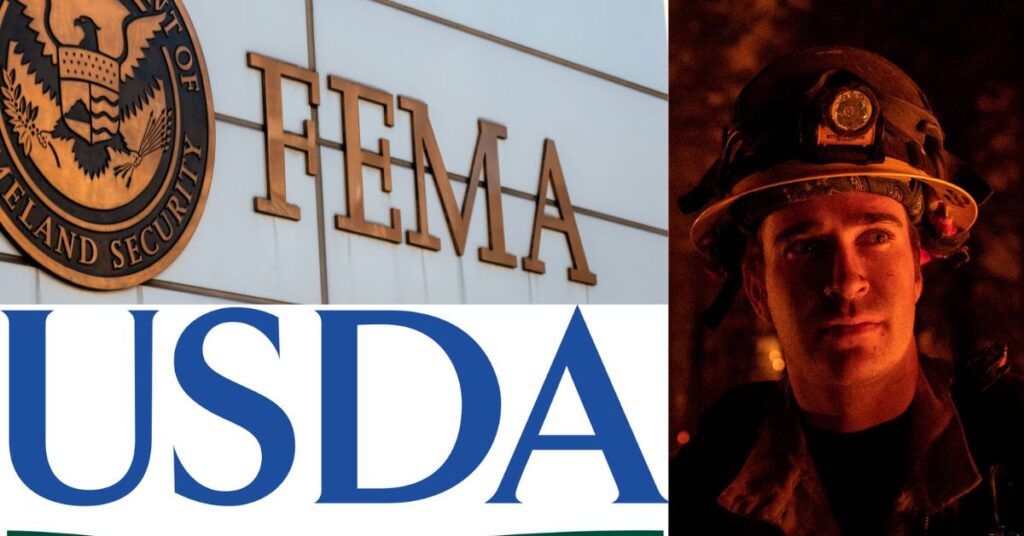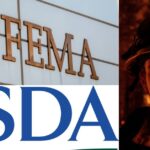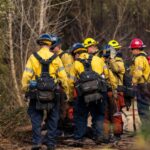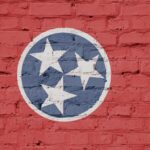When disaster strikes, local emergency responders are the first on the scene, often putting their lives on the line with limited resources. Behind these brave teams stands a complex web of support systems designed to bolster local capabilities when they’re stretched thin.
Most towns across America rely on local funds and state support for day-to-day operations. However, the recent wave of natural disasters has highlighted the critical relationship between federal agencies like FEMA and USDA and local emergency services.
Understanding this relationship isn’t just bureaucratic trivia — it’s essential knowledge for firefighters and emergency personnel seeking to maximize available resources.
How FEMA & USDA Support Local Fire Departments
The Federal Emergency Management Agency (FEMA) supports local fire departments, especially during large-scale emergencies.
For example, FEMA’s intervention was critical during the devastating wildfires that swept through parts of the Western United States in December and January. One example includes the recent Los Angeles wildfires, where funding and resource challenges pushed local departments to the brink. FEMA’s wider catchment net allowed them to access a larger pool of resources, from helicopters to water and specialized equipment.
However, FEMA’s support extends beyond immediate disaster response. The agency provides year-round technical assistance, training programs, and equipment grants to enhance local capabilities. This support becomes particularly vital during prolonged disaster responses when local resources are depleted.
Meanwhile, the U.S. Department of Agriculture (USDA) approaches fire management differently. The USDA implements comprehensive forest management strategies through its Forest Service to reduce wildfire risk. These include controlled burns, vegetation management, and forest thinning operations—all designed to create defensible spaces and reduce fuel loads.
The USDA’s Forest Service partners directly with local fire departments through cooperative agreements, providing specialized equipment and trained personnel for wildland firefighting operations. This collaboration has proven essential in coordinating the complex multi-jurisdictional responses required for significant wildfires.
Federal Disaster Relief in Action
We have recently seen a significant increase in federal funding for wildfires. For the 2024 fiscal year, Congress allocated $2.9 billion specifically for wildfire management activities, representing a 15% increase from previous years. This funding supports everything from aerial firefighting resources to emergency rehabilitation of burned areas.
The USDA’s Assistance to Firefighters Grants (AFG) program has particularly impacted local departments. In 2025, the program appropriated $324 million and allocated most of it to rural and volunteer fire departments, addressing these organizations’ unique challenges. The grants cover critical needs, including personal protective equipment, vehicle acquisition, and facility improvements.
Similarly, FEMA runs the Staffing for Adequate Fire and Emergency Response (SAFER) grant program. In 2025, SAFER received a considerable boost, and its funding increased to $360 million. This expansion allows more departments to hire additional firefighters and maintain proper staffing—a chronic challenge for many communities.
These expanded programs reflect a growing recognition of the increasing demands on local emergency services due to natural disasters and expanding wildland-urban interfaces.
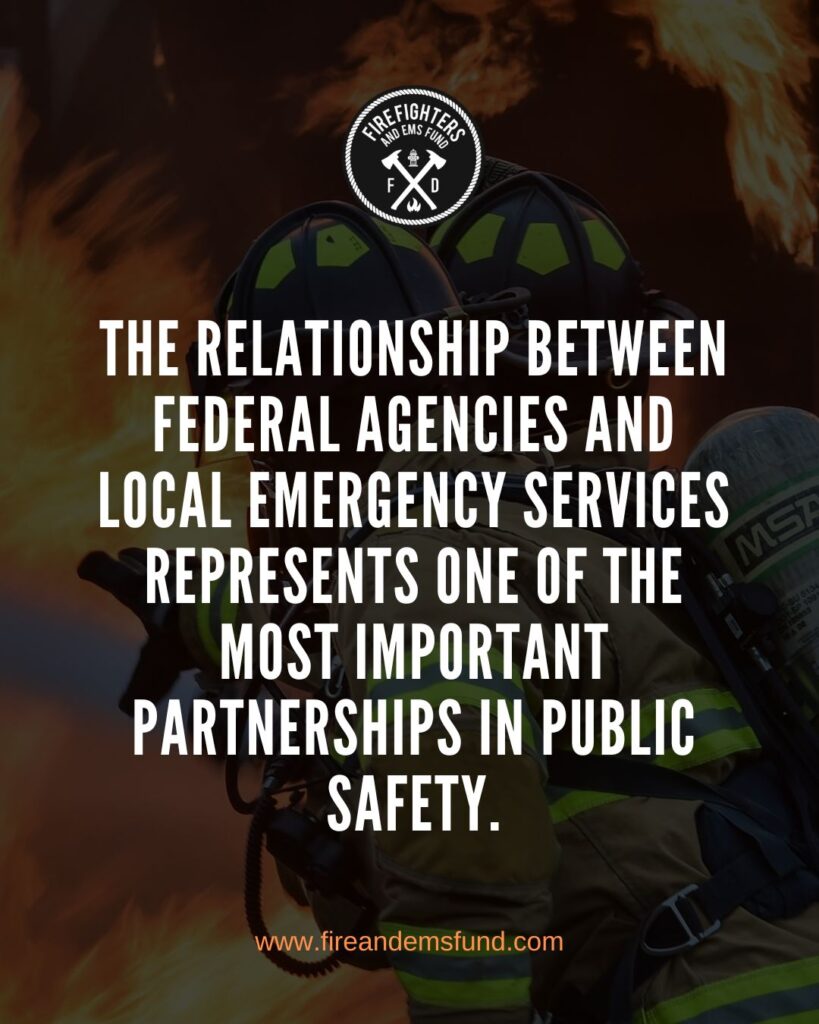
Current Policy & 2025 Funding Updates
While federal support remains substantial, the current landscape includes some uncertainty due to the ongoing federal funding freeze affecting certain programs. This temporary measure has delayed the processing of some grant applications and created challenges for long-term planning.
Similar challenges are playing out at the state level, where fire departments are balancing shrinking budgets and growing needs. Several states are now reassessing how they allocate funds to support local firefighting efforts.
Despite these constraints, both FEMA and USDA continue to provide emergency assistance where needed. The most significant examples include:
- An extended deadline for victims of the January California wildfires to apply for Federal aid
- A tariff exemption for essential farming products, such as potash and other fertilizers.
- Rehiring and retaining 6,000 USDA employees, including many in public land management.
Agency administrators have emphasized that despite budgetary uncertainties, disaster response capabilities remain fully funded and operational, with contingency plans in place to ensure continuity of support during emergencies.
Local and Federal Partnership
The relationship between federal agencies and local emergency services represents one of the most important partnerships in public safety. While challenges remain — including funding uncertainties and increasing disaster frequency — the framework for cooperation continues to strengthen.
For firefighters and EMS professionals, staying informed about available federal resources isn’t just recommended — it’s essential. These programs can provide crucial support for equipment, training, staffing, and emergency operations.
As voters and community members, your voice matters in shaping these policies. Local elections often determine how communities can effectively leverage federal resources, maintaining strong emergency services. By staying engaged and exercising your right to vote, you help ensure that our first responders receive the support they deserve as they face increasingly complex challenges.

